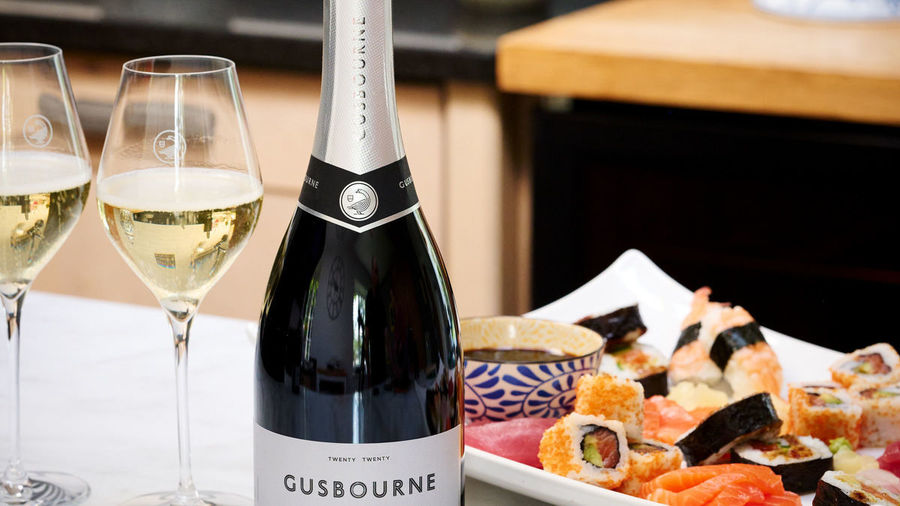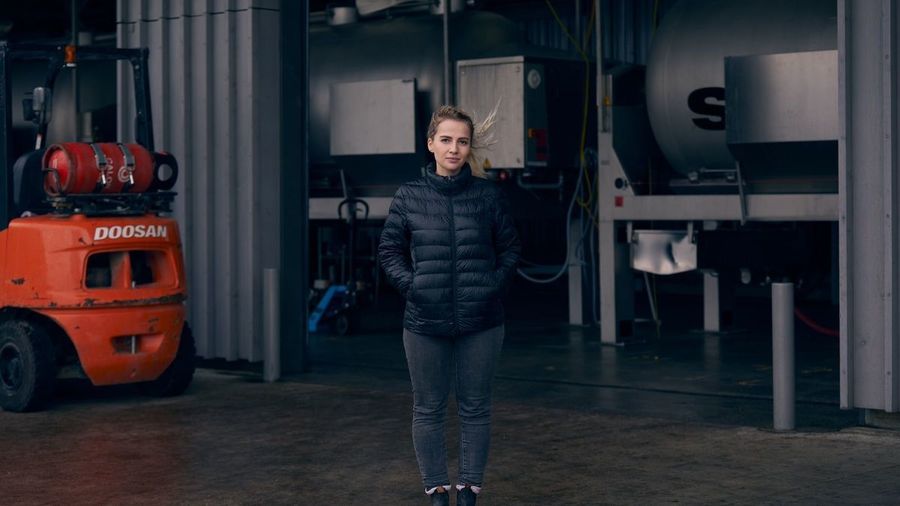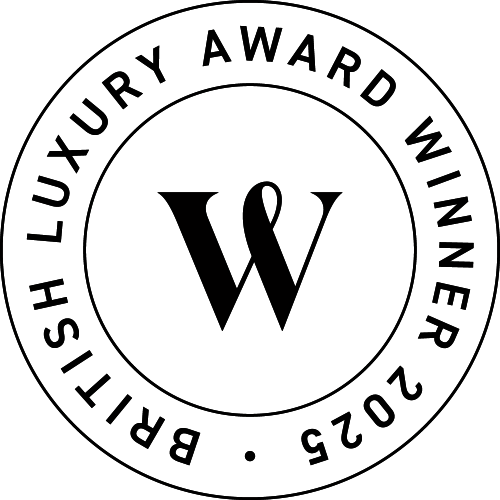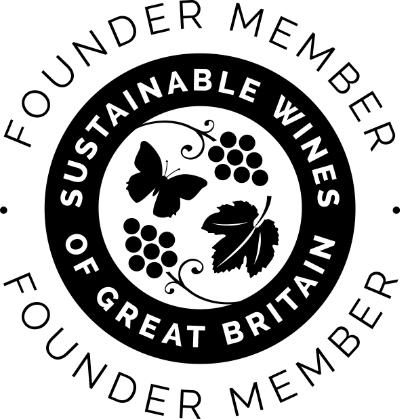It’s no secret that the English wine scene is one of the most exciting in the world. So it’s little wonder that it attracts some of the brightest talents. Here, we meet the rising stars behind our first ever Winemakers’ Edition bottling.
Each year, we hope that the vintage ahead will be a story of dream weather conditions, perfect fruit and light-touch winemaking. Happily, this is often the case. But when you produce wine in England, at 51-degrees north, the occasional challenging vintage is only to be expected.
In 2021, the growing season was a particularly long one – with early flowering and a late harvest. The spring was cold, and the summer was cool and wetter than in recent years. When we began picking in late September, much of the fruit was in good condition and – thanks to the length of time on the vine – particularly complex. But there were some grapes that looked trickier to manage.
One such parcel of fruit was a luminescent, jewel-bright, bin-and-a-half of Chardonnay from Sussex’s Middle Barn South Vineyard. Clone 95; rootstock 101-14. When it arrived at our Appledore winery, it caught the eye of our young winemaking team – Mary Bridges, Alastair Benham and Sara Dooley. Rather than pressing the fruit for a sparkling base wine, the trio were eager to create a tiny quantity of still Chardonnay.
Keen to nurture both their enthusiasm and their talent, our Chief Winemaker Charlie Holland gave Mary, Alastair and Sara the nod. His brief to the team was simply to “make sure it’s good”. No pressure, then.
Working on a micro scale
It quickly became apparent that Mary, Alastair and Sara were moving into unchartered territory. Around 6pm that evening, they braced themselves to find out whether it was even possible to put such a tiny quantity of fruit – just 340kg – through the press. “We destemmed everything, and got all the kit out,” says Alastair. “We had Charlie’s warning in our ears – ‘just don’t break the press’. It was nerve-wracking stuff.”
Happily, it worked. “We settled the juice, and then sparged it with oxygen to stop any unwanted future oxidation,” says Mary. The next morning, the juice smelled clean and fresh. “We racked it, did all the analysis and put it to a single third-fill barrel,” says Mary.
“We used a yeast, ICV GRE, that promotes a variety of characteristics which we felt would benefit the wine. It was Sussex fruit, so we wanted to try and enhance the mineral character from the chalk. We were working to build up body, weight and texture of the wine. “
Body building
Once the juice had gone through primary fermentation, the team decided to enhance its complexity by adding in some of the lees from a sparkling wine tank. It did the job, and the juice raced through malolactic fermentation. “It converted the harsh acid in the wine into that lovely, creamy, lactic richness,” says Alastair.
But the team didn’t stop there. “We did a lot of lees stirring,” says Mary. This process of bringing the lees back into suspension helped the winemakers to increase richness, body and mouthfeel. “It’s a way of releasing manno-proteins into the wine, enhancing the wine’s weight, texture and creaminess, which is what we wanted in our Chardonnay.”
Over the coming months, the barrel continued to develop under the team’s watchful eye. “We were so excited about it, we were tasting, analysing and – most importantly – smelling it regularly,” says Mary.
A labour of love
In June, Mary, Alastair and Sara decided the wine was ready to go into bottle. “The three of us came in at the weekend, filtered the wine and then put it through our tiny bottling line. It was a slow process – what would take 10 minutes on an automated line took us six hours. We filled 250 bottles,” says Alastair.
And as for the resulting finished wine – are the team pleased? They smile quietly. Exchange glances. Clearly, they’ve pulled something special out of the bag. “This was winemaking that made you think,” says Mary. “In and of itself, intervention isn’t a bad thing. Of course, you can intervene too much. Or you can get complacent and think the fruit is so good it will just work for itself.
“The truth is,” she says, “whether it’s a good fruit year or a more challenging year, you’ve got to be there. You’ve got to guide the wine. And that’s what we tried to do. It’s a 2021 wine; it won’t age and improve for years. But drink it now and you can enjoy it as an expression of a small site which required skill, time and care from the winemakers.”
We are delighted to release our first Winemakers’ Edition bottling, Middle Barn South Vineyard Chardonnay Twenty Twenty One, exclusively to our Reserved Members this October. You can discover more about our limited-edition wines here.












